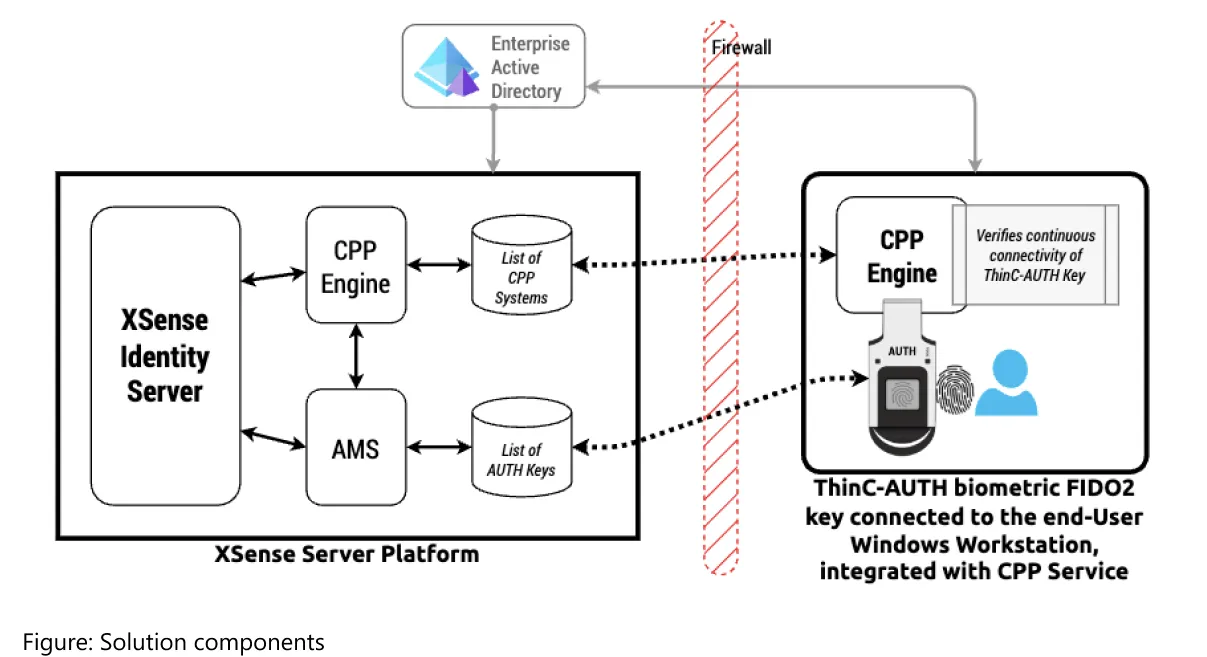Restricting Biometric FIDO2 Key Access to a Single Windows PC/Browser
Cyber Security
By Sreenivas K. | Published on August 13, 2025 | 5 min read
Cyber Security
By Sreenivas K. | Published on August 13, 2025 | 5 min read

FIDO2 security keys with biometric authentication enables user-attributability and offer a strong, passwordless authentication mechanism. However, sensitive organizations such as the healthcare sector require stricter access controls to ensure that these keys can only be used on a specific Windows PC or browser. This prevents unauthorized use on other machines or browsers, enhancing security.
In this blog, we’ll explore how to enforce this restriction using the XSense IdP Server platform and the ThinC-AUTH biometric FIDO2 security key.
While biometric FIDO2 keys provide high security, allowing them to be used on multiple devices or browsers can pose risks such as:
By binding a biometric FIDO2 key to a specific PC and browser, organizations can effectively mitigate these risks and implement "One-User One-PC" accessibility.
1. XSense IdP/AMS Server for Identity and Access Management

Step 1: Configure XSense IdP/AMS Server Policies
XSense Agent on the User Workstation, compute the SystemID and bind it with the User's ThinC-AUTH Biometric FIDO2 Key.As organizations move towards passwordless authentication, features like continuous connectivity verification will be essential for securing user access, maintaining compliance, and preventing security breaches.
With Ensurity’s XSense Server and biometric FIDO2 security keys, organizations can fortify their authentication systems while ensuring seamless and secure user experiences.

Looking for a secure and efficient way to prevent simultaneous logins with FIDO2 security keys?
Discover how Ensurity’s solutions can safeguard your systems while enhancing user convenience.
Insights and innovations shaping the future of secure access.


